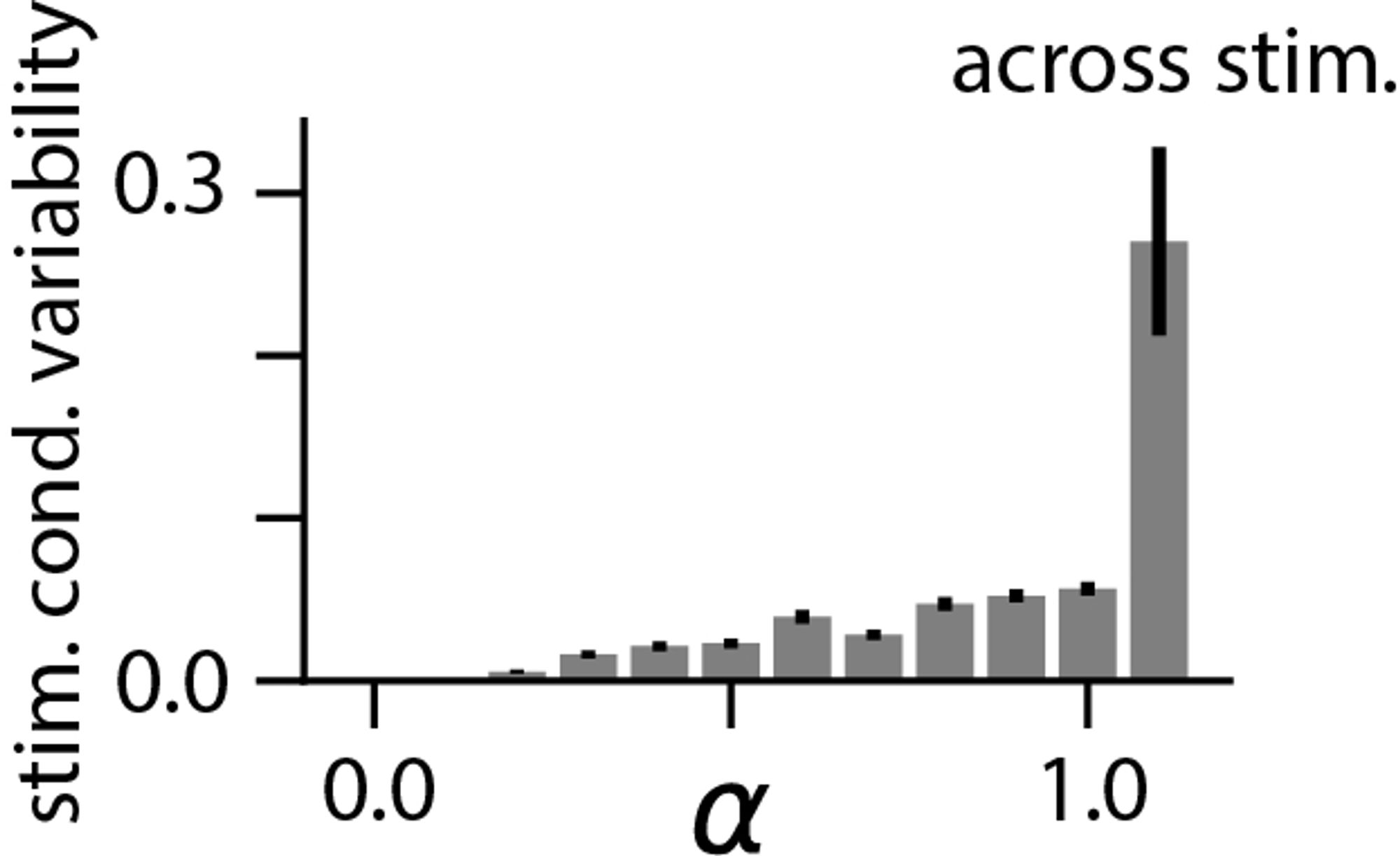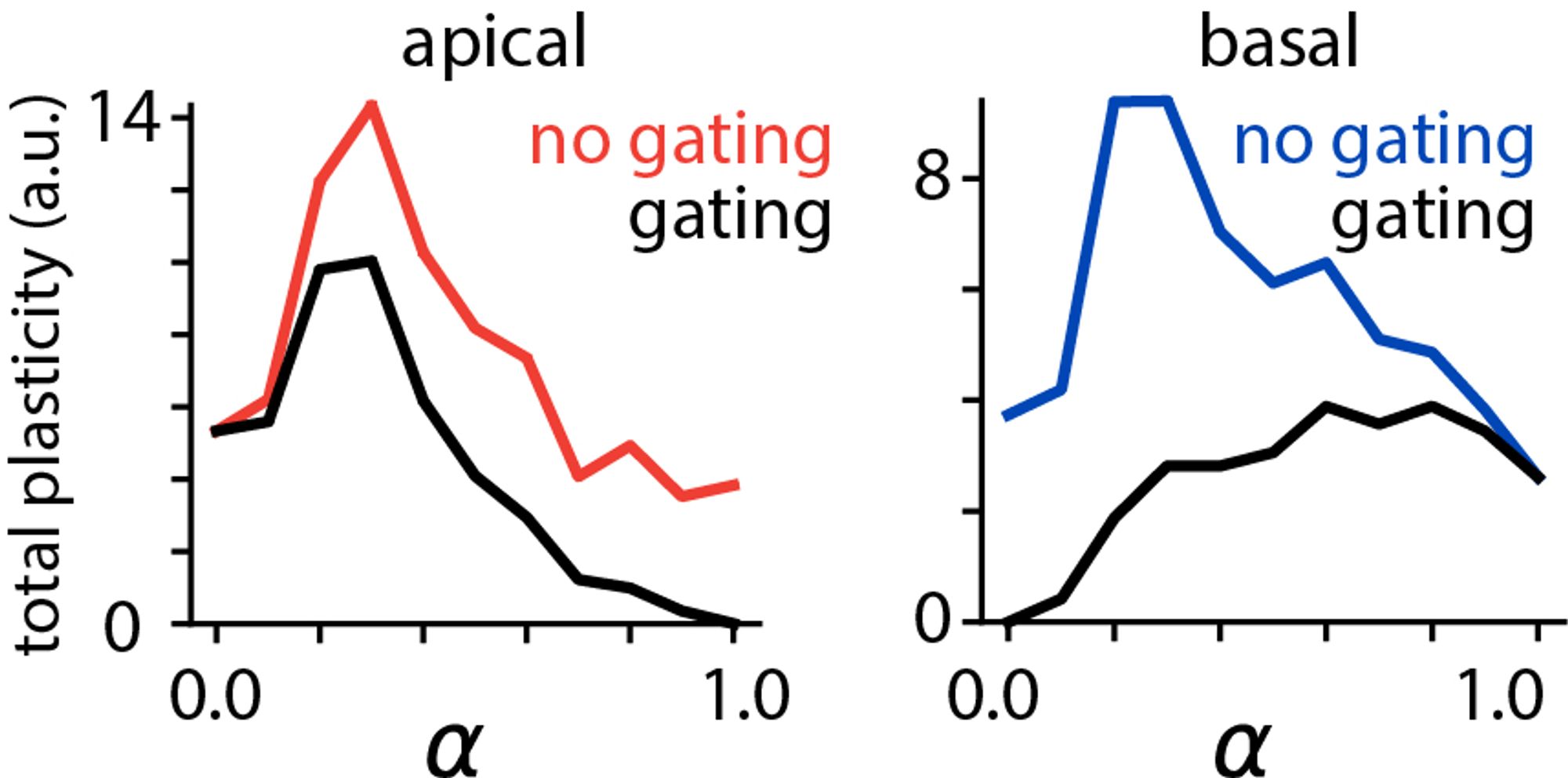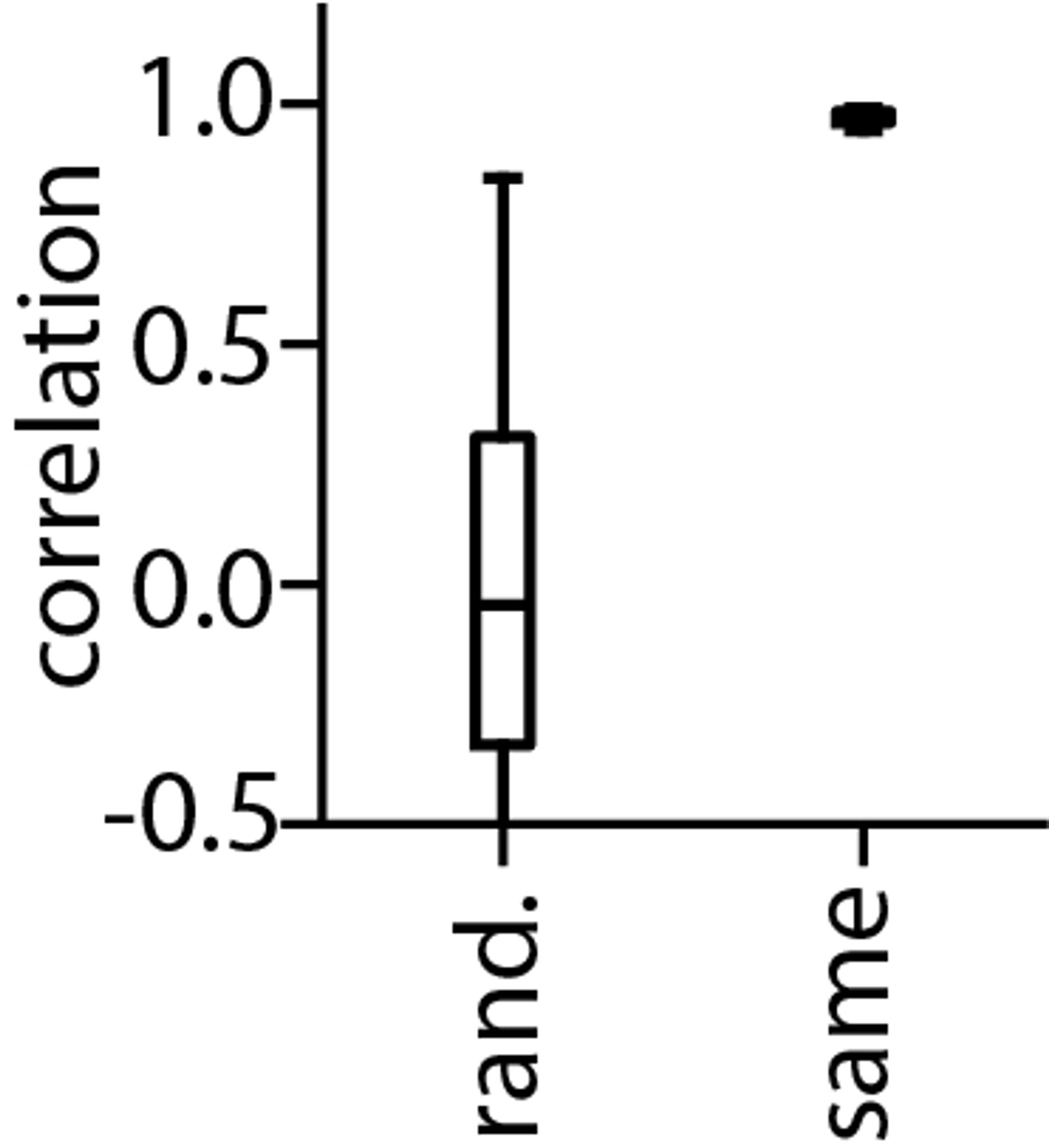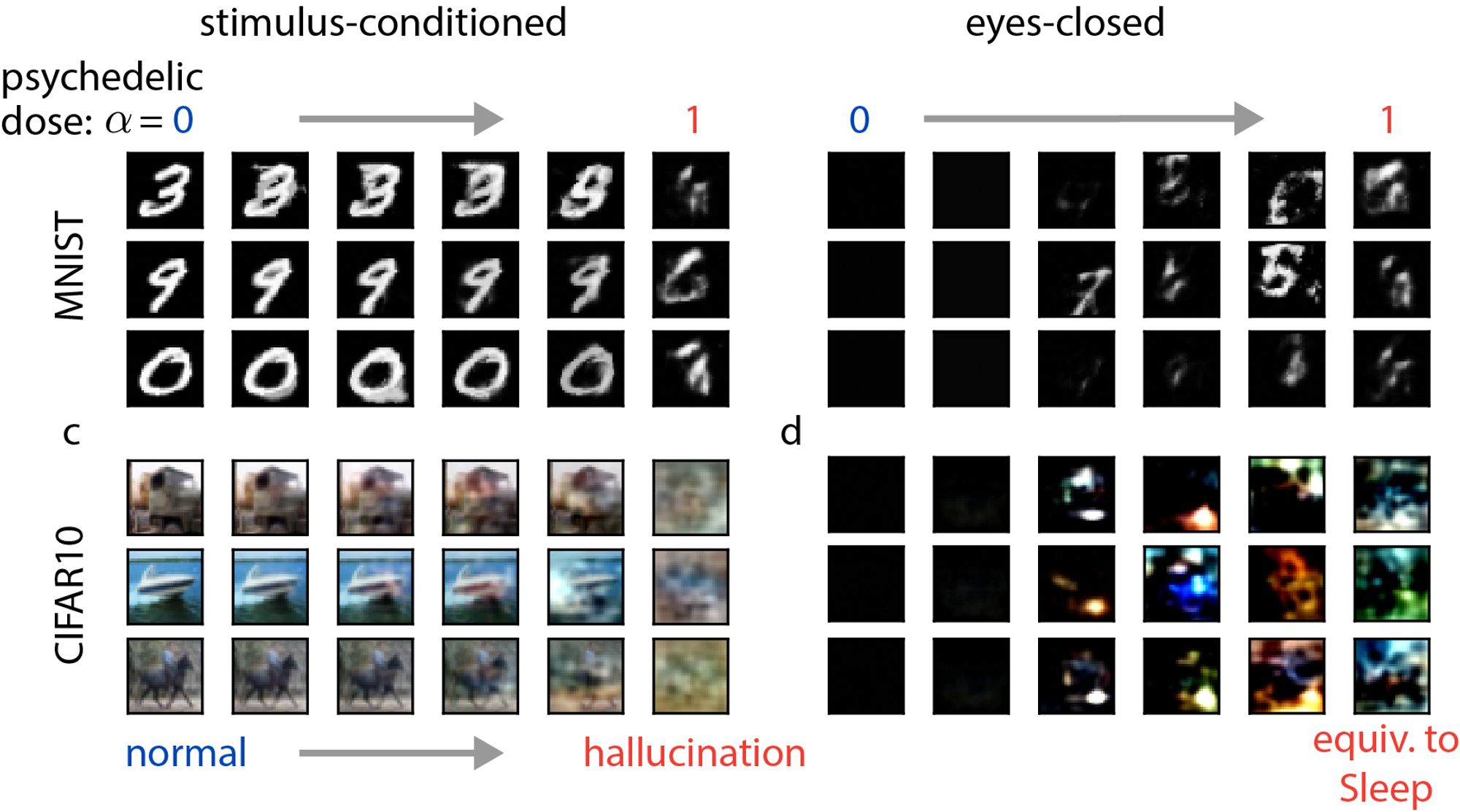
11. We’re looking forward to your feedback, and we hope that some of you will be interested in testing aspects of our model!
10. To summarize: we’ve proposed a model of the hallucinatory effects of classical psychedelics, wherein hallucinations are caused by an increase in top-down inputs ordinarily reserved for offline generative replay underlying a form of representation learning in the brain.
9. We conclude our study by providing a variety of testable predictions that experimental neuroscientists could use to validate or invalidate our model.

8. Furthermore, consistent with the Entropic Brain Theory (Carhart-Harris et al. 2014), we show that simulated psychedelic administration in our model produces increases in stimulus-conditioned neural variability.

7. Next, we show that intermediate simulated psychedelic doses in our model cause large increases in synaptic plasticity at both apical and basal synapses, as seen in (Shao et al. 2021).

6. We next explored how our model could explain existing neural data. First, we show that Wake-Sleep learning induces strongly correlated tuning between apical and basal dendritic compartments, as has been observed experimentally (Beaulieu-Laroche et al. 2019; O’Hare et al. 2024).

5. Next, we point to experimental evidence that classical psychedelics may increase the influence of apical synapses on neural activity, while decreasing the influence of basal synapses. Simulating psychedelic doses this way in our models produces highly structured hallucinations.

We map the Wake-Sleep algorithm onto cortical architecture by proposing top-down, predictive synapses onto apical dendrites of pyramidal neurons dominate activity during the generative Sleep phase, while bottom-up synapses onto basal dendrites dominate during waking activity.

3. An ‘oneirogen’ is a compound that makes neural activity more dream-like. We propose that psychedelics shift neural activity towards a regime normally reserved for replay during sleep, used for learning. To model this form of learning, we use the classic Wake-Sleep algorithm (Hinton et al. 1995).
2. We put forward the ‘Oneirogen Hypothesis,’ arguing that psychedelics cause hallucinations because they hijack a system ordinarily used for learning in the brain.
